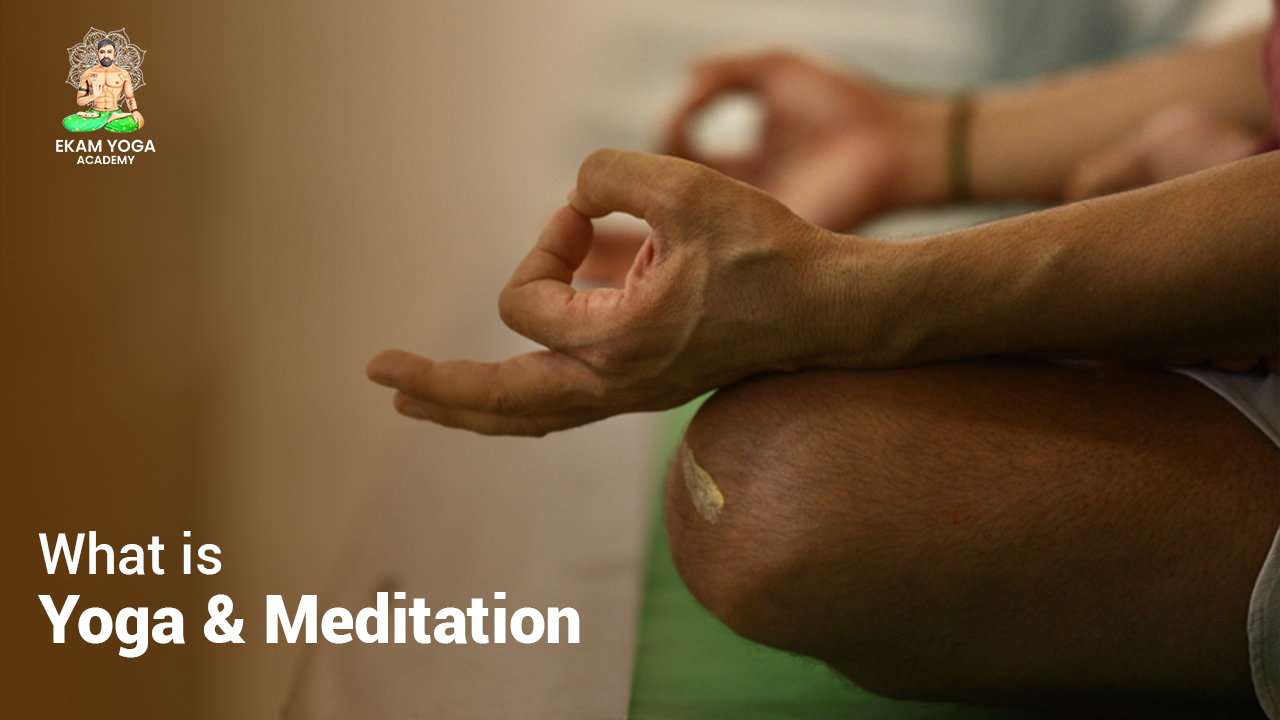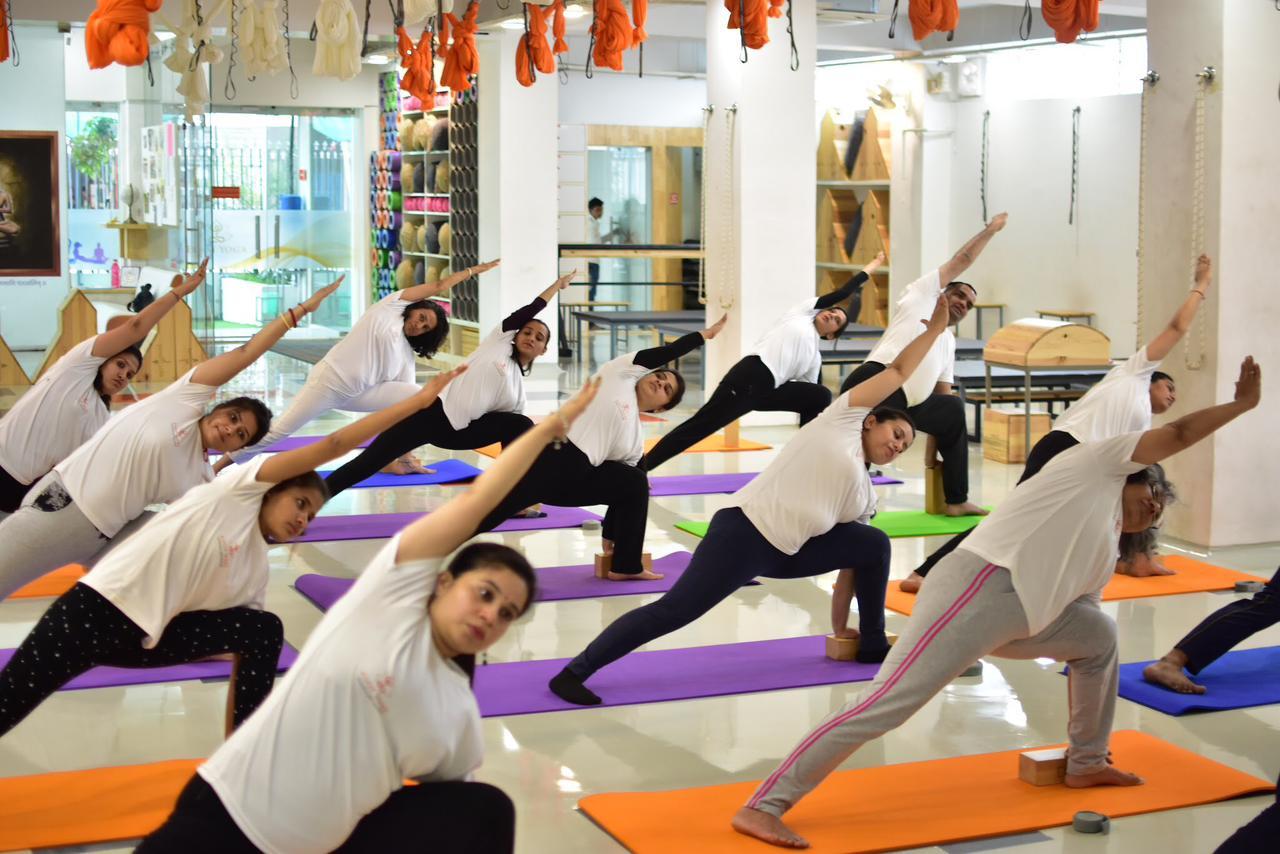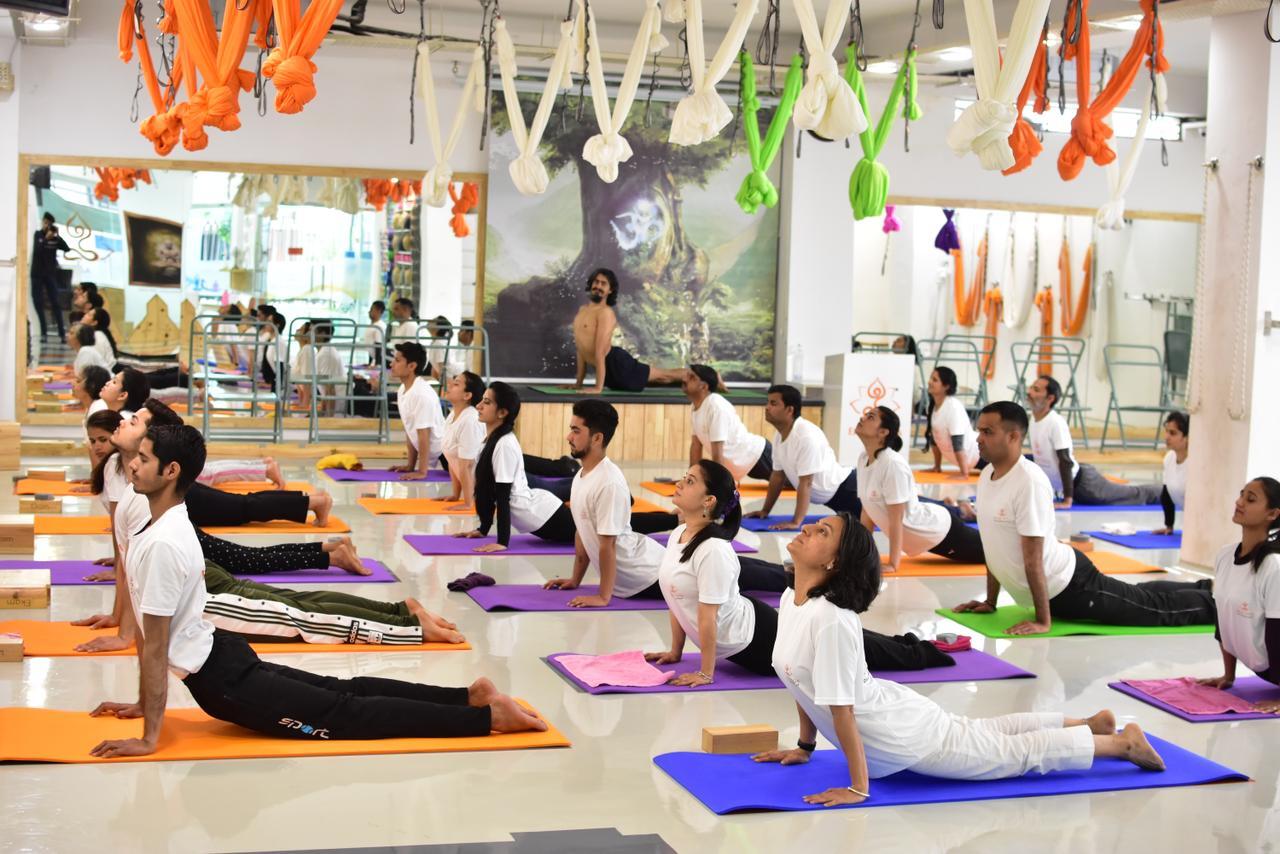Yoga and meditation are two practices that have been gaining immense popularity in recent times. These practices have been around for centuries and are known to have numerous physical, mental, and spiritual benefits. In this article, we will explore the transformative power of yoga and meditation and how they can help you achieve inner peace. In this article, we will take you through the similarities and differences between yoga and meditation. We’ll explain how to use both practices, and we’ll explore the positive effects of them both.
What Is Yoga?
Yoga is a physical, mental, and spiritual practice that originated in ancient India. It involves various postures or asanas, breathing techniques, and meditation to improve overall health and well-being. Yoga is not just about physical fitness; it is also about achieving mental clarity and emotional balance.
What Is Meditation?
Meditation, on the other hand, is a practice of focusing your attention on a particular object, thought, or activity to achieve a clear and calm mind. Meditation is often associated with spirituality, but it is also used for relaxation, stress reduction, and improving overall health.
Health Benefits - Yoga and Meditation:
- Reduces Stress and Anxiety: Yoga and meditation are effective in reducing stress and anxiety. Studies have shown that regular practice can lower cortisol levels, which is the hormone responsible for stress.
- Improves Flexibility and Balance: Yoga helps improve flexibility and balance by stretching and strengthening muscles.
- Enhances Mental Clarity and Concentration: Meditation improves mental clarity and concentration by calming the mind and reducing distractions.
- Boosts Immunity: Yoga and meditation can boost immunity by reducing stress and promoting relaxation, which can enhance the immune system.
- Helps Manage Chronic Pain: Yoga and meditation can help manage chronic pain by reducing inflammation, improving circulation, and promoting relaxation.
Tips for Start Practicing Yoga and Meditation:
- Set a Regular Practice Time: To get the most out of yoga and meditation, it is important to practice regularly. Set a time and stick to it.
- Start Slow: If you are new to yoga and meditation, start slow and gradually increase the intensity and duration.
- Use Props: Props like blocks, straps, and blankets can help you achieve proper alignment and prevent injury.
- Listen to Your Body: Pay attention to how your body feels and adjust your practice accordingly. Do not push yourself beyond your limits.
- Find a Qualified Teacher: If you are new to yoga and meditation, it is important to find a qualified teacher who can guide you through the practice and ensure you are doing it correctly.
What Is the Difference between Yoga and Meditation?
1. Understanding Yoga:
Yoga is a holistic practice that originated in ancient India and encompasses physical postures (asanas), breath control (pranayama), and meditation. It is a comprehensive system aimed at achieving harmony and balance in the body, mind, and spirit. Yoga combines physical movement, breathing exercises, and meditation techniques to promote physical strength, flexibility, mental clarity, and spiritual growth.
2. Key Features of Yoga:
Asanas: Yoga involves a series of physical postures designed to promote strength, flexibility, and balance. These postures help improve posture, increase energy flow, and enhance overall physical well-being.
Pranayama: Pranayama refers to various breathing techniques practiced in yoga. These techniques help regulate breath, calm the mind, and enhance the flow of life force energy (prana) within the body.
Meditation: Yoga incorporates meditation as a means to cultivate mindfulness, focus, and self-awareness. It serves as a tool for achieving inner stillness, reducing stress, and deepening the mind-body connection.
3. Exploring Meditation:
Meditation is a practice that involves training the mind to attain a state of deep relaxation, heightened awareness, and inner tranquility. It has been practiced for thousands of years across different cultures and spiritual traditions. Meditation techniques vary widely, but they all share the common goal of quieting the mind and cultivating a state of presence and mindfulness.
4. Key Features of Meditation:
Mindfulness: Meditation encourages the practice of present-moment awareness, observing thoughts, sensations, and emotions without judgment or attachment. It helps develop a calm and non-reactive attitude towards the fluctuations of the mind.
Focus and Concentration: Meditation techniques often involve focusing the attention on a specific object, such as the breath, a mantra, or a visual image. This helps enhance concentration, clarity, and the ability to sustain attention.
Emotional Well-being: Regular meditation practice has been linked to reduced stress, anxiety, and depression. It promotes emotional balance, self-compassion, and an overall sense of well-being.

Relationship between Yoga and Meditation:
Yoga and meditation are intertwined practices that complement each other. While yoga incorporates meditation as one of its components, meditation can also be practiced independently, without the physical postures of yoga. In essence, yoga prepares the body and mind for meditation by cultivating strength, flexibility, and mental clarity.
What do Meditation and Yoga Have in Common?
1. Both meditation and yoga emphasize the connection between the mind and body, recognizing that they are deeply intertwined.
2. A fundamental aspect of both meditation and yoga is the cultivation of awareness and presence.
3. The breath serves as a foundational element in both meditation and yoga practices.
4. Both meditation and yoga are renowned for their ability to reduce stress and promote relaxation.
5. While not exclusive to either practice, meditation, and yoga are often associated with spiritual growth and self-discovery.
6. Meditation and yoga share several commonalities that contribute to their effectiveness in promoting well-being.
End of Line
Yoga and meditation are powerful practices that can transform your life. By reducing stress, improving flexibility and balance, enhancing mental clarity and concentration, boosting immunity, and helping manage chronic pain, these practices can improve overall health and well-being. To get the most out of yoga and meditation, it is important to practice regularly, start slow, use props, listen to your body, and find a qualified teacher at Ekam Yoga Academy.
FAQs
Q.1 Which is better: yoga or meditation?
Ans. It is not a matter of which is better yoga or meditation, as both practices offer unique benefits for the mind and body. Yoga involves physical movement and postures, while meditation focuses on mental stillness and awareness. Both practices can be used together or separately to promote relaxation, reduce stress, improve focus and concentration, increase flexibility and strength, and promote overall health and well-being.
Q.2 Are meditation and yoga the same thing?
Ans. No, meditation focuses primarily on training the mind and achieving inner stillness, yoga encompasses a wider range of practices that include physical movement, breath control, and meditation. Both meditation and yoga offer unique benefits and can be practiced independently or in combination, depending on individual preferences and goals.
Q.3 Is it better to do yoga or meditation first?
Ans. It depends on personal preference and individual goals. If you are looking to reduce your stress levels by engaging with your mindful self, then doing yoga before meditation would be beneficial. If you want to be in a meditative state for your exercise, then meditate first — prioritize engaging your mind before your body.





0 Comments
Write a comment